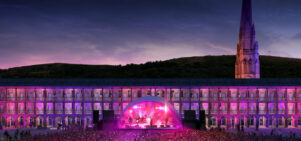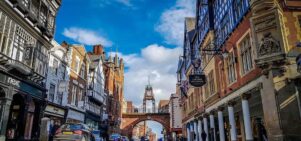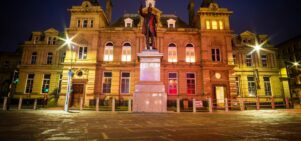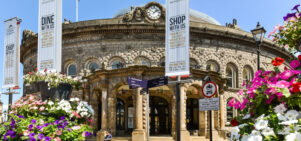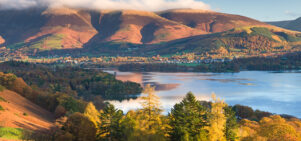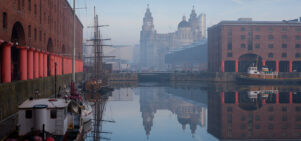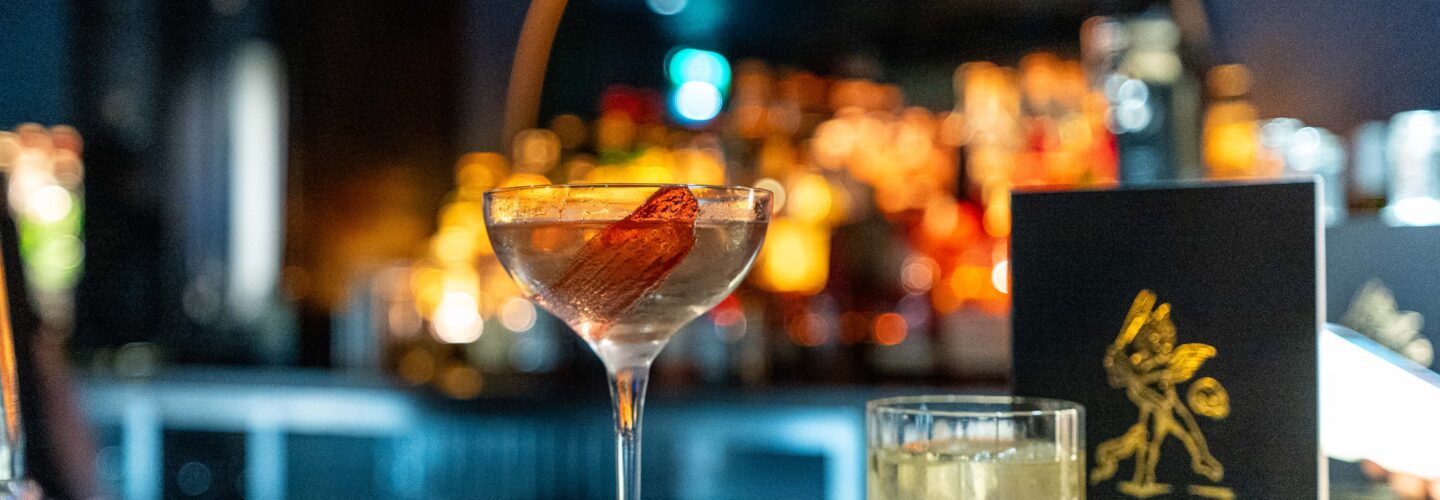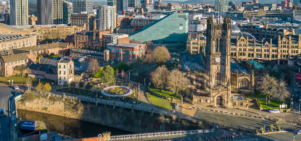The Great Northern Contemporary Craft Fair returns
Susie StubbsWhen is a contemporary craft fair not a contemporary craft fair? When it’s organisers have one eye on the future.
“A decade ago, craft was a term that was used to sell tat, poor designs and imported stuff,” says Ann-Marie Franey. “I’d go to places like Chelsea Craft Fair and London’s Origin, and think, why isn’t there a similar event up North?” Seven years on from that thought, and six years into running the annual Great Northern Contemporary Craft Fair, event organiser Ann-Marie Franey is in reflective mood. “Both Angela [co-organiser, Angela Mann] and I share a love of craft, so we set out to champion professional designer-makers, especially those based in North who weren’t getting same exposure as their London-based contemporaries.”
The Great Northern Contemporary Craft Fair was the end result of Franey and Mann’s musings; this year’s fair, held at Spinningfieldsand one of the launch events for the Manchester Weekender, is an opportunity to buy original jewellery, fashion, ceramics, glass, wood and furniture, lighting, metal, basketry and more. But while GNCCF is an opportunity to buy, it’s also a place to learn more about contemporary craft. It profiles, for example, graduate talent (through a graduate showcase), features talks from established artists such as the critically acclaimed ceramicist, Professor Stephen Dixon (Fri 11 Oct), and provides access to work by 160 of the best designer-makers working in the UK today.
It’s considered one of the top such events in the country by the people that matter – the makers
Getting from big idea to finished fair has not, however, been easy. In their efforts to raise the contemporary craft bar, Franey and Mann had to apply tough selection criteria. “While we set out to champion craft, at same time we wanted GNCCF to showcase makers from across the UK, and to do that we made it a selective show. As in, we open for applications but use a panel of craft experts to select who makes the final list.” Franey is aware that the process, while driving up quality, could also appear unfair (particularly to those who don’t get through the selection process). To counter this, the panel changes every year. “This ensures we get different makers at each fair,” says Franey. “And it works. In recent years we’ve been doubly oversubscribed; as the reputation of the show increases, so too do the applications. It’s now regarded as one of the top such events in the country by the people that matter – the makers.”
Demand has in fact increased to the point that the fair has inspired satellite events such as the Little Northern (next scheduled to take place at Altrincham Grammar School for Boys in the run-up to Christmas). “It came about from a request from Northern makers to do a show closer to Christmas, and the first one was so successful that we trialled them in other areas.” Dinky in comparison to the autumn event (with around 40 makers as opposed to GNCCF’s 160), these one-day fairs generally take place outside the city centre. “The idea was to take high quality craft into the suburbs and smaller towns, again promoting good quality craft and makers. You won’t find any pasta pictures and knitted toilet roll holders.”
And therein lies the challenge. While GNCCF has done wonders for the profile of craft, for some the word still invokes the amateur; or rather the sorts of things your Gran may have made rather than products designed and manufactured by nationally acclaimed artists. “Craft and making is enjoying a renaissance, but there’s still a chasm between hobbyists and the professional designer-makers we champion. So smaller events like the Little Northern are not just about selling; they’re about developing new audiences.”
“I’m constantly frustrated by people not appreciating the price of, say, a well crafted ceramic which has taken hours of design and making, years of technique to perfect – not to mention the cost of materials and equipment,” says Franey. Whatever your views on the cost of original craft, the market for it continues to grow. Last year’s GNCCF received over 6,000 visitors. Beyond that, it is, according to Franey, “becoming a critical mass. The scene in the north is definitely on the up; it’s more vibrant and obvious than it was six years ago.” Part of that is surely down to Franey and Mann, yet it may well also be due to the fact that their vision for the fair is based not just on what happens next year or the year after, but what happens in the long term. “There is a huge amount of activity taking place behind the scenes, craft organisations and galleries working together, we’re involved in a craft network and working with the universities; all of it hopefully contributing to graduate retention and keeping makers and artists in the region. We want the North to be a creative place to live and practice – and to do that, it all starts with the audience. If they don’t see craft as an art form, it all falls apart.” Temporary Pavilion, Hardman Boulevard, Spinningfields, M3 3AQ. Preview evening, 6pm-10pm, Thursday 10 October; 10am-7pm, Friday 11 October; 10am-6pm, Saturday 12 October; 10am-5pm, Sunday 13 October; all £7/£5 (under 16s free) except preview evening (free).

